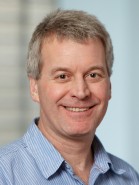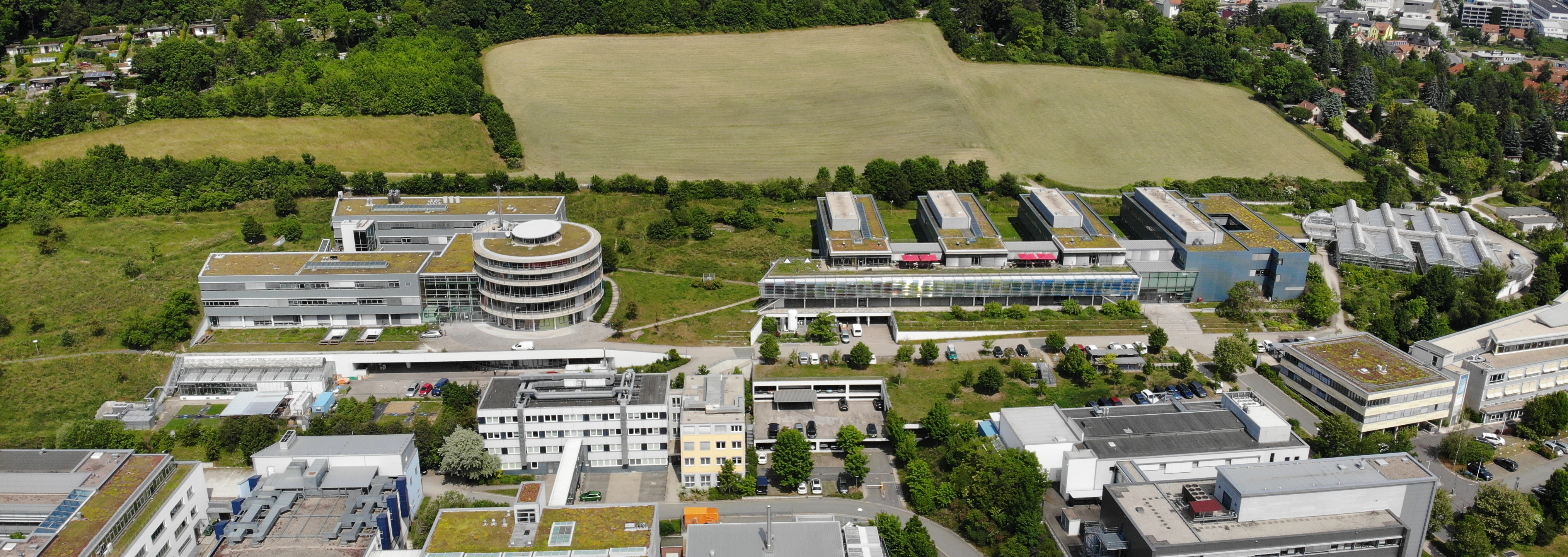
Molecular currencies for constraining carbon cycle dynamics
2nd June 2022 | 3.10 pm – 3.30 pm
Hans-Knöll-Straße 10, 07745 Jena, Germany
BGC Lecture Hall
Zoom: will be provided
Session 2 – Processes shaping biosphere-atmosphere interactions (Susan Trumbore, moderator)
2nd June 2022 | 1.30 pm – 3.30 pm
Abstract
Myriad fates await carbon photosynthetically fixed by Earth’s biosphere into organic matter. The predominant fate of the majority of biospheric organic matter is rapid remineralization back to CO2. However, a fraction of biospheric organic matter persists in the environment – in soils, waters, sediments and ultimately rocks – for millennia and beyond. The factors that modulate this leakage of carbon from fast to slow cycling reservoirs (and vice versa) exert a profound influence on Earth surface conditions on a range of timescales. A comprehensive knowledge of what this residual carbon component – the “dregs of life” – is comprised of, how it is sequestered, the conditions under which it is destabilised, and the manner in which it moves between different reservoirs, is crucial to understand its role and impacts on the global carbon cycle. However, constraining the sources, fate and dynamics of this residual organic matter presents formidable challenges due the complex mixtures of carbon components comprising different environmental matrices. Novel approaches are needed to trace the flow of carbon derived from different sources within and between different pools. Molecular-level information provides useful “currencies” for assessing carbon transfer and transformation encompassing diverse carbon pools, particularly when coupled with isotopic signatures. In particular, compound-specific radiocarbon measurements provide unique constraints on the fate of specific organic components entrained in the carbon cycle, allowing for deconstruction of underlying processes, and elucidation of transport and storage dynamics. This presentation will highlight new insights gleaned from radiocarbon analyses at the molecular level to the global scale. These findings shed light on the complexity of underlying processes at work, and underscore the pervasive role of organo-mineral interactions on carbon cycling within and between terrestrial and aquatic systems.
Biography
Timothy Eglinton FRS is Professor of Biogeoscience within the Department of Earth Sciences at ETH Zürich. Eglinton obtained a BSc in Environmental Science at the Plymouth Polytechnic, and MSc and PhD in Organic Geochemistry at the University of Newcastle-upon-Tyne. Following postdoctoral research positions at Delft Technical University (Netherlands) and Oslo University (Norway), he joined Woods Hole Oceanographic Institution in 1989. He was a member of the Scientific Staff there until 2010, when he joined ETH.
Eglinton’s research program is centered on tracing the origin, cycling and legacy of biospheric carbon, and to understand the role of organic matter production, remineralization, transport and burial as a component of the global carbon cycle. He focusses on processes on the continents and in the oceans, as well as the transfer of carbon between these systems. He has pioneered radiocarbon measurements at the molecular level as a tool to examine carbon cycle processes.
